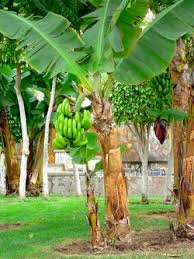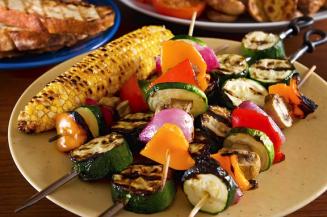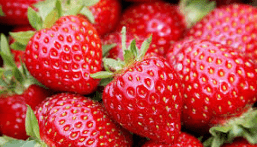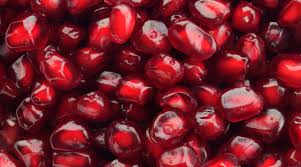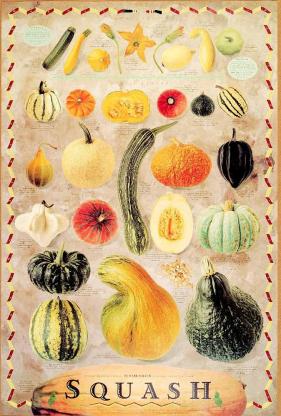Good week!
I'm reminding you that during the week of Passover, WE WILL NOT be delivering boxes. Please take this into account when making your next order.
Have a happy and fun holiday!!
Bananas, Part B:
Somewhere in Africa, the name "banana" means "great grass" and it matches the botanical definition as a grass rather than a fruit tree.
What is a Pseudo-stem? 🙂 (a great trivia question!). Since the banana is not a tree, its trunk is not the right word for this part of the plant. Because the banana is really a big grass the word stem does not fit its thick trunk-like stalk. So it is called a psuedo-stem. In Hebrew they made a word that is a combination of the words "trunk" and "stem" especially for the banana – גזע +גבעול = גזעול.
The Latin name is Musa (inspiration) and was created by the collaboration between Alexander the Great who met a monk in India who did meditation and lived on bananas, and a botanist who was looking for a name for bananas.
The banana was known to man during the prehistoric period. The origin of the cultured banana is Southeast Asia, from where it was distributed to all of the other tropical regions of the world, and today is grown in most of the "hot world" countries. Today bananas are the major food source of many residents of these countries.
Most of the world's banana species are not sweet and are called Plantain. They contain much starch including when they are ripe and are thus consumed processed, such as by frying, baking, roasting, drying, etc. The plantain is a basic food and is a major source of carbohydrates. There are countries in East Africa, where about 300 kg of bananas are eaten per person per year.
The ancestor of the banana as we know it had a fruit that was not considered edible, and was full of large seeds.

Natural hybridization and mutation probably produced for us the cultured species that we know, that have no seeds. These variants are not fertile. Inside them there are no seeds that you can plant in order to grow new plants. Today’s bananas reproduce by “vegetative reproduction”, by transferring the new wicker from the mother plant to another place. This method preserves our beloved species, along with all of its existing properties. Of course, some of these properties are not so desirable – such as susceptibility to a certain disease.
The banana is one of those crops that all parts of the plant are used. That is how it used to be … 🙂 no waste, what fun.
The large fresh leaves were used for serving food. Dried leaves were used to cover beds and walls. In the Middle Ages they used the leaves as a substitute for paper. The fiber of the leaves was woven into mats, ropes, baskets, fish nets, etc..
The banana flower is also used for food and when I was in Uganda, in villages that had no plastic, banana flowers were used as puppets for the children to play with.

In Ethiopia they grow a kind of banana called "Anest" of which you eat the roots and the psuedo-stem.
In Mexico they eat "Tamales", meat and cornmeal wrapped in banana leaves and cooked together- yummmy..
In East Africa they produce beer and "Waraji" (Liquor) from certain banana species.
There are also species of bananas that are used around the world to make ropes and sacks, which are considered strong and durable. Remember manila bags and envelopes? They were originally made of banana fiber from a species that probably came from the Philippines and were known to be strong and durable. Plastic and nylon pretty much took their place.
Many traditions call the banana "paradise fruit", perhaps because it has everything: nutritional wealth, sweet taste, comfortable to eat, comes in a protective package easy to open, grows throughout the world, and you can use all parts of the plant . What could be better!!
Look what I found 🙂
Have a happy and fun holiday!!!!
Yours,
Maggie and the garden staff
I expect in our the Passover boxes ( draft only) :
Red chard
Green garlic
Bunch of beets
Lettuce
Cucumbers
Tomatoes
Potatoes
Zucchini
Peppers
Parsley
Carrots
Larger ones also:
Fennel
Kohlrabi
And leeks
Fruit baskets :
Avocado
Oranges
And bananas, of course!
Larger ones also:
Sweeties
Melon
Clementines

